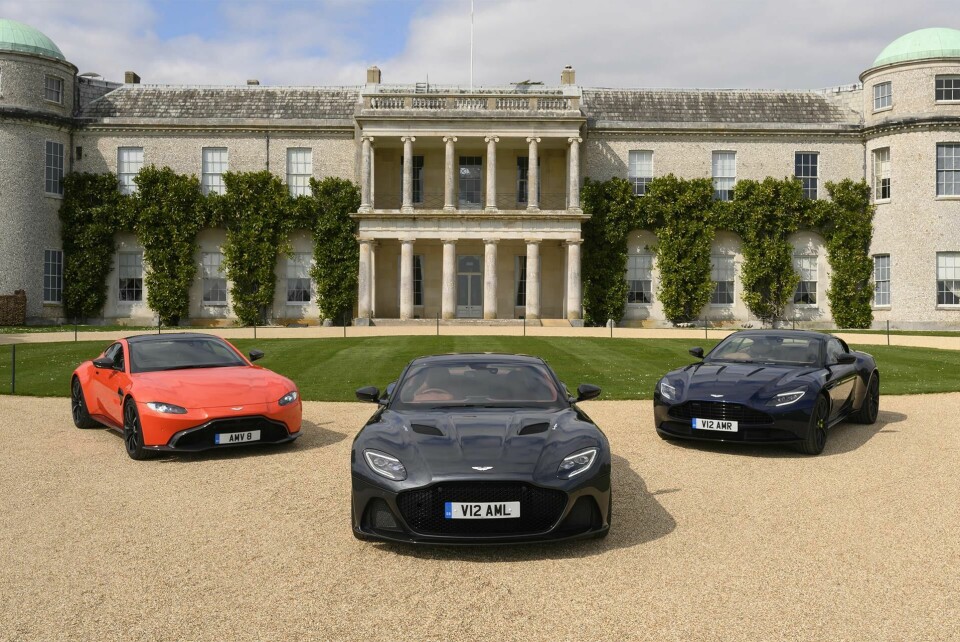
Design Essay: What is a ‘luxury’ car?
With more and more brands going upmarket, it is worth examining this often misused term…

The idea of a ‘luxury car’ is one with which we’re all undoubtedly familiar. Small wonder, given the concept is almost as old as the motor industry itself. Nevertheless, there can have been few points in history when such vehicles captured the zeitgeist quite as they do today.
The ever-expanding finances of the ‘rich’ and ‘super-rich’, along with the opening of vast new markets (China, Russia, etc.) and a prevailing culture of ‘bling’ and conspicuous consumption has led to huge expansion in the global market for high-end vehicles, along with the revitalisation and rapid growth of formerly decrepit brands such as Lamborghini, Maserati, Bentley and Aston Martin.
What is striking however, is that while ‘luxury cars’ have become so prominent in our collective consciousness and popular culture, the phrase itself (like several other automotive terms) has become vague, ambiguous and difficult to truly define thanks to frequent misuse.
In absolute terms of course, a car of any description could be considered a luxury item, seeing as humanity survived and thrived for millennia before the advent of motorised transportation and much of the world’s population, even today, can only dream of their own four wheels.
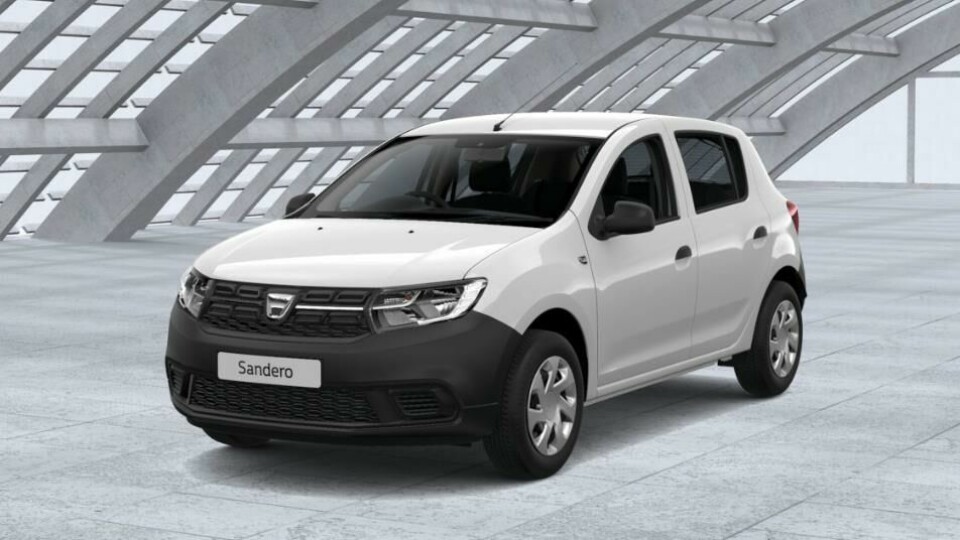
Furthermore, even for those of us fortunate enough to live in the developed world, where the use of a car may sometimes be considered a ‘necessity’, it would, in most circumstances, be tricky to make a purely rational case for owning anything other than the most basic of modern vehicles. How many of us, if we’re truly honest with ourselves, really need anything more than a Dacia Sandero to get by?
But to reduce life to a simple matter of mere survival and existence is a clear misunderstanding of human nature. We (in the main) are a competitive, curious and creative species who strive for constant development and progress, thus the concept of ‘luxury’ must be a relative one if it is to have any true meaning or usefulness.
Perhaps the most common ‘luxury’ stereotype in the automotive world is that of olde-world wood ‘n’ leather cabins coupled with overbearing chromed facades and ornate bonnet mascots/hood ornaments. It’s easy to see why, since these things have so often been markers of high status and prestige vehicles. Still, in isolation these are relatively superficial features, which therefore can be added to even the most mainstream of vehicles with fairly minimal effort or expense.
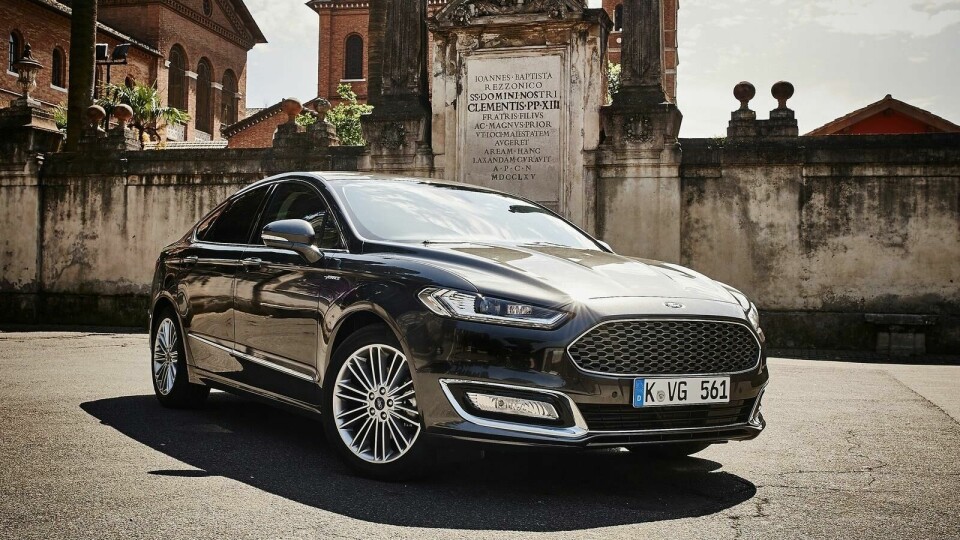
Can an interior made from tree and cow elevate a humdrum rep-mobile into Bentley territory? Of course not. Does the Aston Martin-aping grille of the Ford Mondeo (a.k.a. Fusion) make it the equal of its British muse in terms of desirability? Hardly. Such things are surely the automotive equivalent of a wearing a fur coat minus knickers.
What’s more, although many luxury cars are obviously large, size alone certainly doesn’t equate to luxuriousness, as most MPV and minivan drivers will no doubt testify. Even bundles of the latest tech and gadgetry doesn’t really do it – few would disagree that the Nissan GT-R is an impressive and desirable machine, but a luxurious one? Somehow it doesn’t fit.
No, the true nature of luxury is such that it cannot be reduced to a simple checklist of perfunctory trimmings or adornments. It is instead more abstract and nuanced, a matter of attitude, confidence and perception rather than hard fact and objectivity.
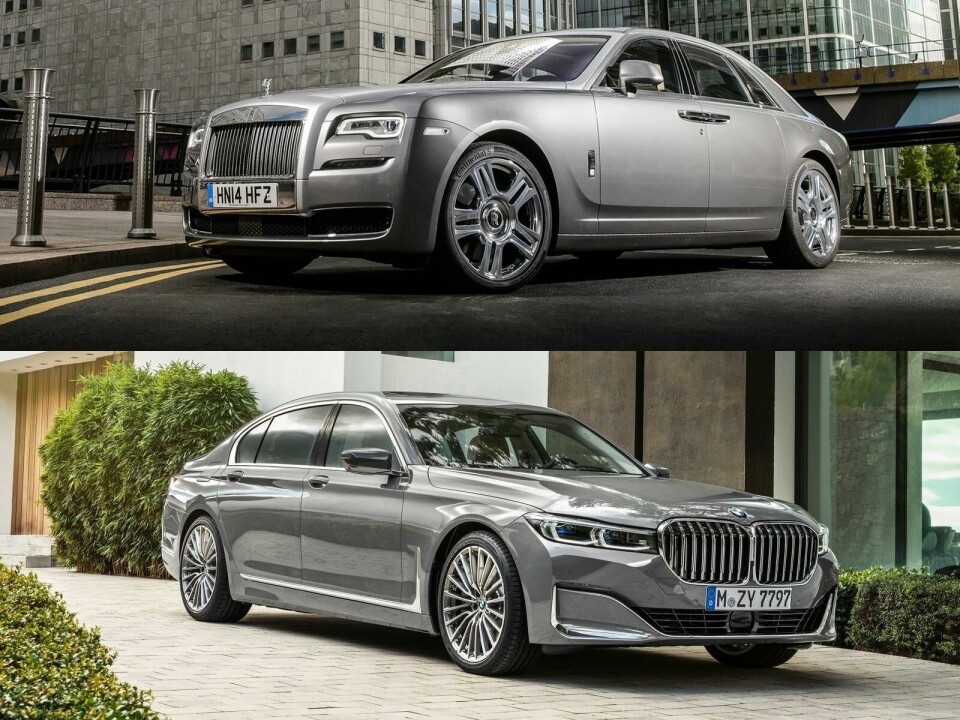
Whilst the extravagant and pricey nature of most luxury items easily distinguishes them from mainstream and budget options, what is remarkable is the seemingly blurred boundary between the ‘luxury’ and ‘premium’ categories, with the two terms often confused, even used interchangeably, despite being quite distinct in meaning.
A premium product is one whose typically higher price and status is defined by mainly tangible and rational factors, such as objectively superior performance, material quality or level of technological advancement versus cheaper alternatives.
Whilst they often carry a fair degree of kudos, premium products are typically marketed and priced relative to their intrinsic or functional value, rather than snob appeal, towards an audience willing to spend more in return for what is believed to be a justifiably superior product. In short, premium is functional first, emotional and aspirational second.
True luxury items by contrast, are rarely, if ever, valued according to their function, objective performance or everyday usefulness, but instead their scarcity, uniqueness, image, heritage and the emotions they elicit. Although, like premium, they tend to sit well above the mainstream in terms of price, their primary appeal is to emotion, ego and hedonistic desire, rather than logic or rationality. If premium brands are selling a functional experience first and foremost, luxury brands are selling a dream, an aura, a mystique.
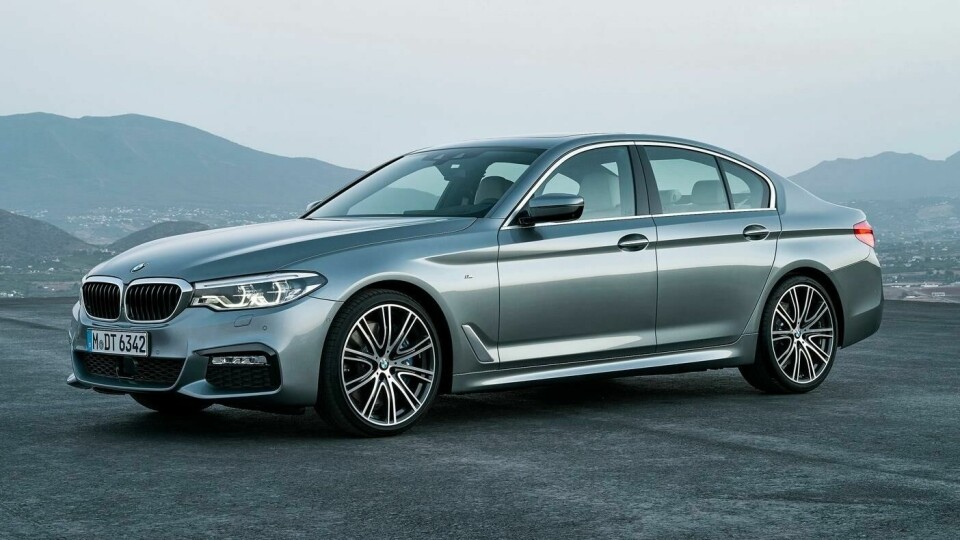
BMW’s 3 and 5-Series models are perhaps defining examples of the premium category. Why? Well, much as the stereotypical 3 or 5 Series-driving middle-manager must justify their position and salary on the basis of monthly sales figures and suchlike, the premium Bavarians cite such easily quantifiable factors as rear-wheel-drive, 50:50 weight distribution and the latest in infotainment as differentiators from the mainstream.
Yes, the BMW brand undoubtedly carries considerable cachet, but its core products are primarily ‘tools for the job’ rather than statement pieces and are benchmarked meticulously against competitors in order to retain popularity.
On the other hand, their more opulent relation, Rolls-Royce’s Phantom, much like the aristocracy its maker was traditionally associated with, feels no such need to qualify itself, nor compare itself so closely to rivals – if it even has any, that is.
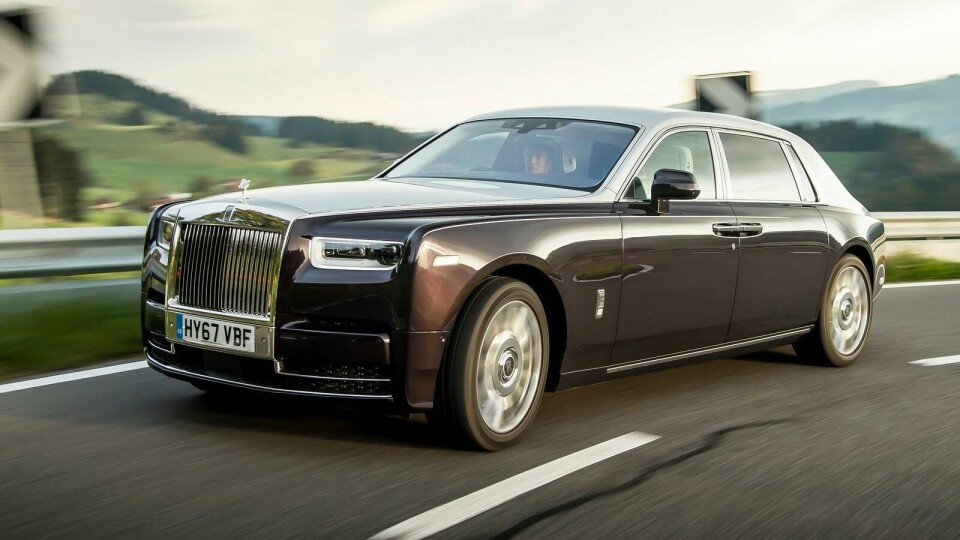
After all, Rolls-Royce is a firm which for many years refused to do anything so vulgar as to quote power and performance figures for its products, choosing instead to reassure potential buyers that they were ‘adequate’. Even today, the company shuns conspicuous tech, motorsport and an advertising in favour of aloof self-assuredness and an almost mystical level of detachment.
True luxury machines like the Phantom cater to a core audience so affluent that mundane considerations such as fuel economy barely warrant a thought, thus buyers must be wooed not with sober logic and rationality, but seduced and beguiled by far less tangible factors. People want a ‘Rolls’ not because it fulfils a need nor solves a problem, but because it satisfies a desire.
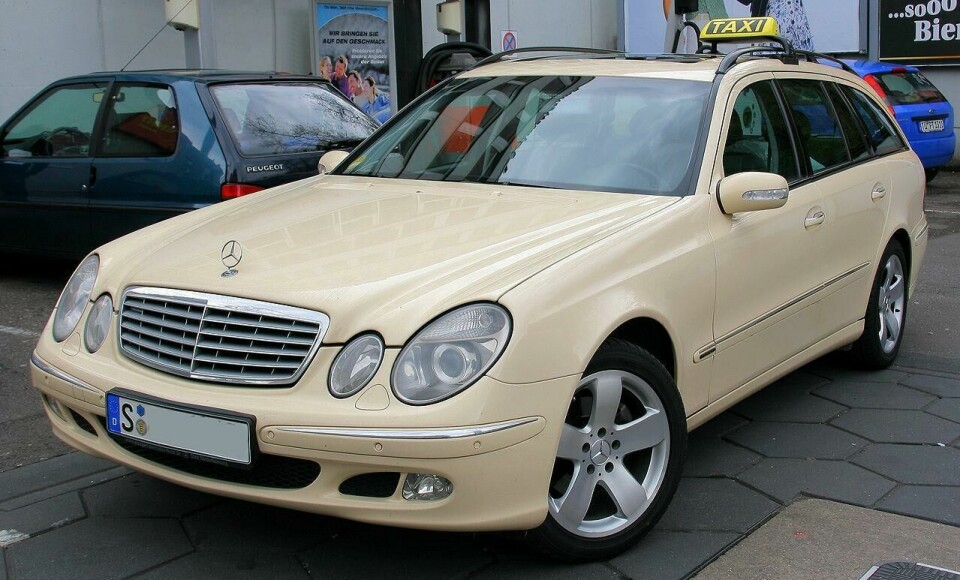
This head/heart dichotomy is neatly reflected by the fact that premium products from the likes of BMW, Mercedes-Benz, Volvo and Land Rover are often found in hard-nosed ‘working’ roles with taxi firms, the police and military, or else serving as mile-munching hacks in the corporate world, their premium prices being justified relative to superior functional ability. Meanwhile, the true luxury car typically remains cosseted and pampered throughout its life, wheeled-out for special occasions much like a set of fine china – the infinitesimal mileages of many second-hand examples being testament to this.
This is not to say that luxury vehicles are necessarily lacking in real-world ability, but merely that their value as status symbols, trinkets and curiosities outweighs their value as functional objects. As much as a Bentley Bentayga may be capable of traversing the Sahara, it would be difficult to justify as a logical choice for the task thanks to the multitude of equally, if not more, capable vehicles available at a fraction of the cost (think Land Cruiser, Defender and so on).
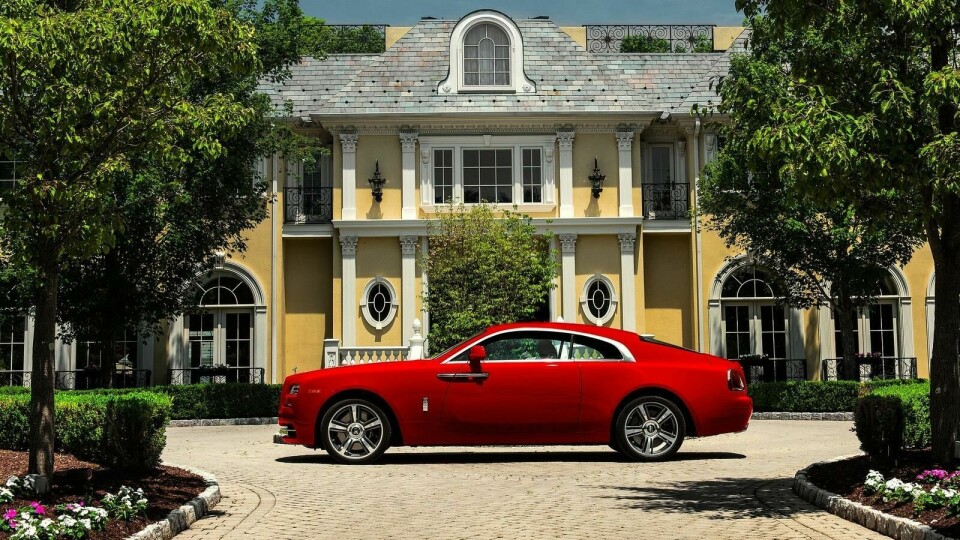
In reality, it is perhaps the astronomical costs associated with vehicles such as the Bentayga and Phantom which constitute the greatest part of their allure, since anyone with pockets deep enough to own and run such a beast must presumably be of very great importance – or so they might have us believe. A phenomenon known in economics as the Veblen effect, an exception to the law of demand.
The recently emerged super-luxury SUV class, in which the Bentayga, along with the Rolls-Royce Cullinan, Lamborghini Urus and others are competitors, has been particularly interesting in this regard, with manufacturers repeatedly one-upping each other with ever more expensive, exclusive and high-status products for those who consider a ‘mere’ Range Rover unacceptably plebeian.

Similar trends have also been observable with ultra-low volume vehicles such as the Lamborghini Veneno, Rolls-Royce Sweptail and most recently Bugatti’s La Voiture Noire, whose stratospheric price tags are seemingly based on exclusivity and perceived status alone, making them perhaps the very purest manifestation of the luxury genre.
Of course, not all vehicles or brands are quite so easy to pigeonhole. Aside from the aforementioned Rolls-Royce and Bentley, the likes of Aston Martin, Lamborghini, Pagani and Bugatti slot most neatly into the luxury category, existing as they do almost entirely within their own unique ecosystems.
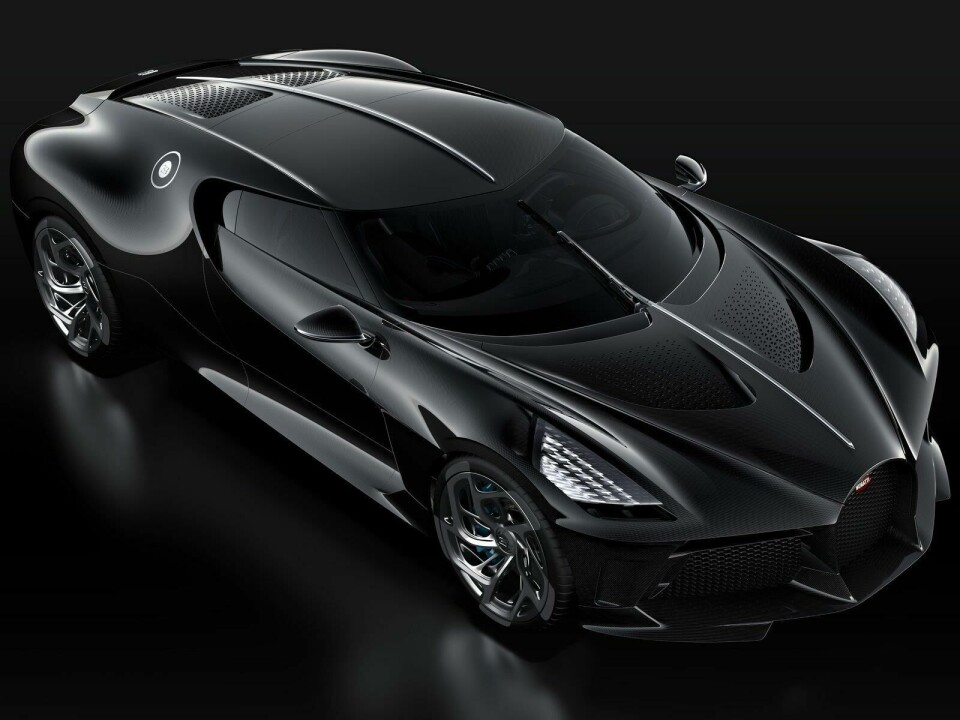
Some marques, such as Mercedes-Benz, clearly span multiple categories (a C220d is heartland premium, the fabulously irrational G63 AMG is pure luxury), whilst others, such as Ferrari and Porsche, are perhaps more subjective.
On the one hand, the latter two companies’ shared obsession with tech, performance benchmarking and motorsport screams premium, on the other their habitual limiting of supply to maintain exclusivity is most definitely a luxury strategy. On balance, the more fragile, temperamental nature of the red cars from Italy, along with the near-mythical nature of the brand itself edges them into the luxury category, whereas the Teutonic rationality and toughness of the Stuttgart firm makes it premium – in this writer’s humble opinion, at least.
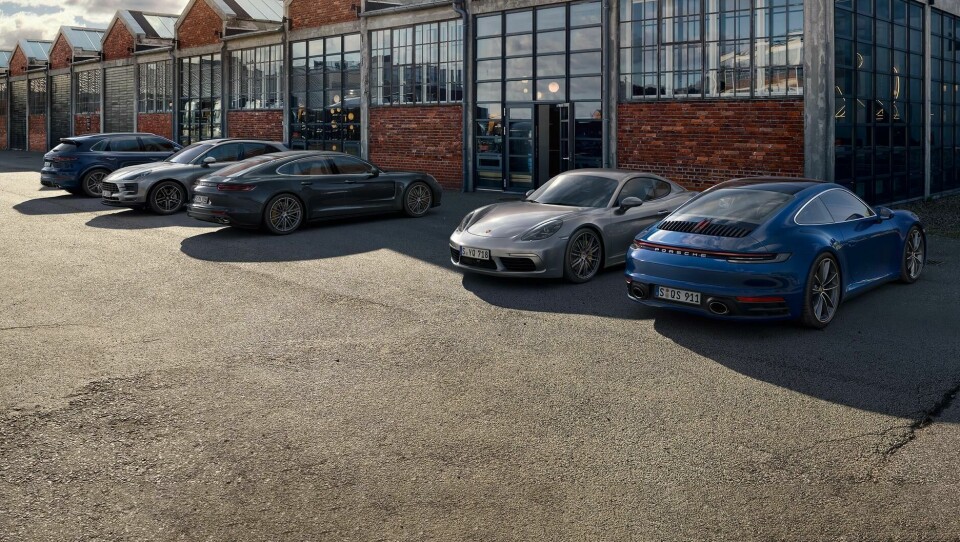
Still, although exact boundaries will always be subject to debate, it’s clear that true luxury is something which, almost by definition, cannot be faked, democratised or rationalised. Luxury cars are their own breed, one which exists far above the clouds of dreary reality and everyday drudgery.
What’s more, luxury cars perhaps exemplify both the very best and worst that the automotive world has to offer. They are at once the gross displays of wealth and egotism which churn stomachs, and the bedroom wall posters and showstoppers which inspire and delight. They are visions both of perfection and of absurdity, with the potential to divide opinion like little else.
Love them or hate them though, one thing’s for certain: they’re always impossible to ignore.



